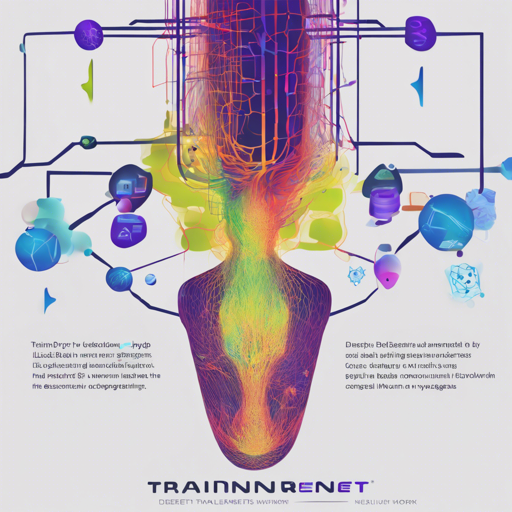Welcome to the adventure of training a DeepLab-ResNet model! This guide will walk you through the steps needed to set up, train, and evaluate your model for semantic segmentation tasks, along with troubleshooting tips to help you overcome any bumps along the way.
Understanding the DeepLab-ResNet Architecture
Imagine you’re a sculptor working with clay. You have three different tools (scales) to shape your masterpiece, all at different sizes. The DeepLab-ResNet architecture works similarly: it analyzes input images using three scales (1x, 0.75x, and 0.5x) to effectively capture features of varying resolutions. Just as the sculptor combines the features shaped by each tool into one final piece, DeepLab merges the outputs from these scales to produce a comprehensive result. The final assessment of the sculpture comes from evaluating the quality of the final piece, by calculating losses at each stage during the training process.
Requirements
- Python 2.7
- PyTorch
- Caffe implementation of DeepLab v2 for weight conversion
Getting Started
To embark on your training journey, follow these simple steps:
Step 1: Convert Caffe Model to PyTorch
You need to convert the init.caffemodel weights to a .pth file first. This will provide initial weights for most layers of your model. Use the following command:
python init_net_surgery.pyMake sure you have the DeepLab v2 Caffe model and PyTorch installed as prerequisites. You can also download the converted .pth file here.
Step 2: Train the DeepLab-ResNet Model
With initialized weights at hand, start the training process with the command:
python train.pyIf you want more information about command-line options, you can view the help documentation by executing:
python train.py -hModel Evaluation
After training, you can assess the performance of your model using:
python evalpyt.pyFor command-line arguments in evaluation, refer to:
python evalpyt.py -hTroubleshooting Tips
Training a model is not without its challenges. Here are some common issues and their solutions:
- Issue: Out of Memory Error
Ensure your GPU has enough memory, or try reducing the batch size.
- Issue: Training Halting Unexpectedly
Check the data paths provided in your training script and make sure they are accessible.
- Issue: Poor Model Performance
Consider tuning your learning rate or examining data quality.
For more insights, updates, or to collaborate on AI development projects, stay connected with fxis.ai.
Conclusion
At fxis.ai, we believe that such advancements are crucial for the future of AI, as they enable more comprehensive and effective solutions. Our team is continually exploring new methodologies to push the envelope in artificial intelligence, ensuring that our clients benefit from the latest technological innovations.
This guide should serve as a comprehensive starting point for your journey into utilizing the DeepLab-ResNet architecture. Embrace the process, adjust as needed, and watch as your model learns to understand visual semantics like a pro!

